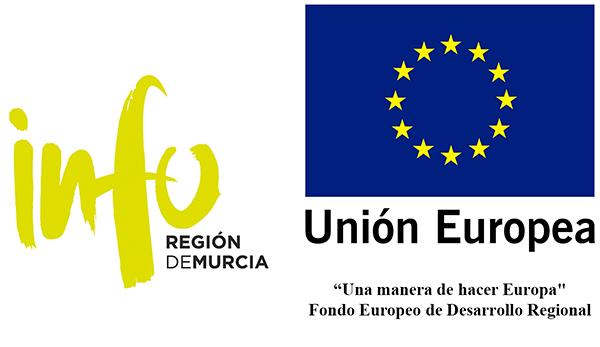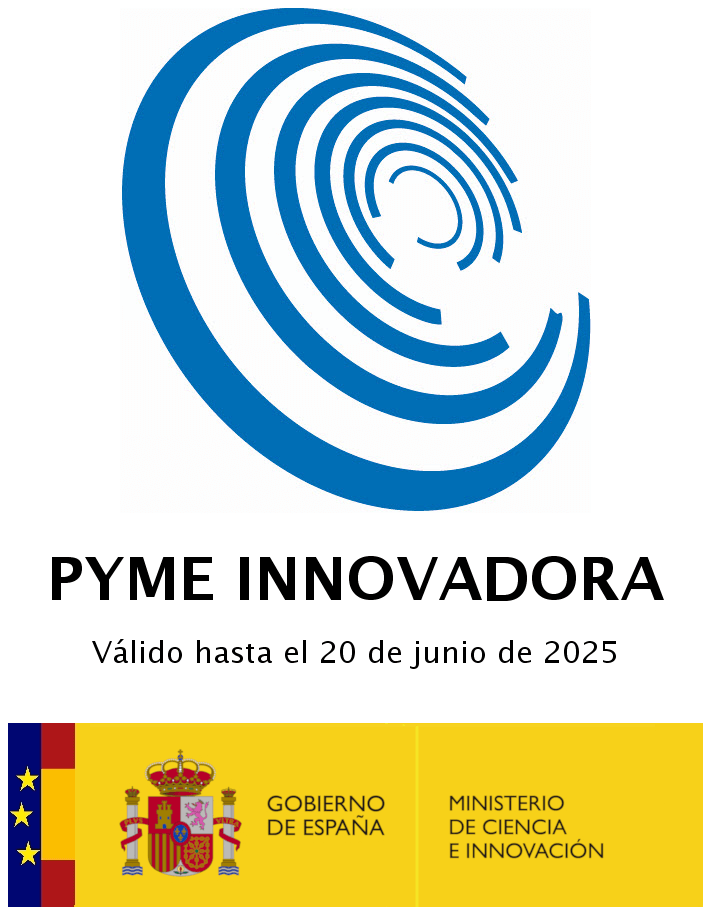Indoor occupancy detection based on BLE
02 Jun 2022 12:00amUse of RF fingerprinting for occupancy detection
Murcia, June 2, 2022 - Nowadays most people in Spain carry a smartphone and / or any other wearable, these send different types of bluetooth and wifi signals to detect nearby devices, communicate with each other, etc ....

These signals produce a footprint that can be detected by sensors and be useful for different purposes, one of them, to be able to measure and monitor the movement of people in enclosed spaces, their occupation, can be a tool to allow to analyze the needs of people flow control, space usage analysis, in stores and large shopping centers, to be able to measure where people pass more often to introduce all kinds of marketing techniques to encourage purchase, or even places where better air purification, filtering or cleaning is needed in pandemic contexts.
At the same time, in recent years, device manufacturers as well as operating systems have invested time in ensuring sufficient privacy by generating connections with random identifiers so that no specific person can be tracked, making it challenging to infer correct occupancy from devices that are continually changing their identification. Through AI algorithms, the system uses other data inherent in the communications to find out that it may be the same person and to be able to track their movements.
On the other hand, the system is accompanied by a blockchain-based log that records, in an unambiguous and non-alterable way, the events and actions performed on the platform.
DIGIO has been awarded an R&D&I project through the Digital Enabling Technologies under the Ministry of Economic Affairs and Digital Transformation, for the development of a platform capable of sensing and monitoring these RF fingerprints for the detection of occupancy and tracking of people flows.
The project "Platform for occupancy monitoring and indoor atmosphere analysis using machine learning processing of acoustic and radio frequency footprint on an IoT platform with blockchain auditing" with file number 2020/0720/00098945 has been co-funded by the European Union. The aim of the project is to develop an IoT platform that makes use of the capabilities of next generation embedded processing units to create an open platform focused on occupancy monitoring and noise control in indoor environments from the radio frequency signals emitted by the devices or gagdets worn by a person. The main monitoring technology is Bluetooth Low Energy.




